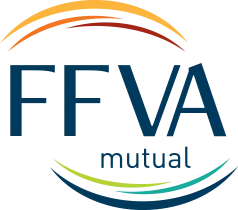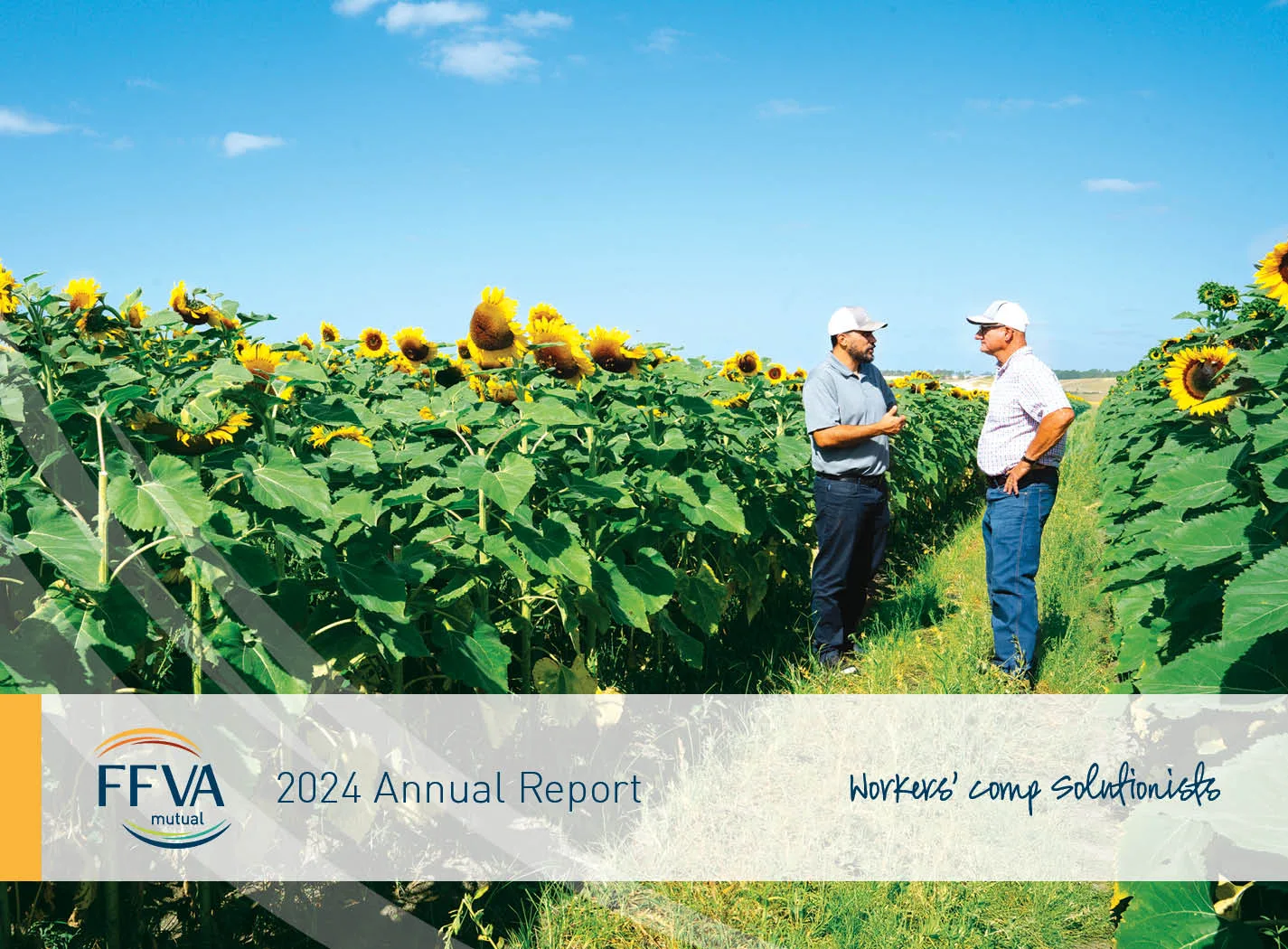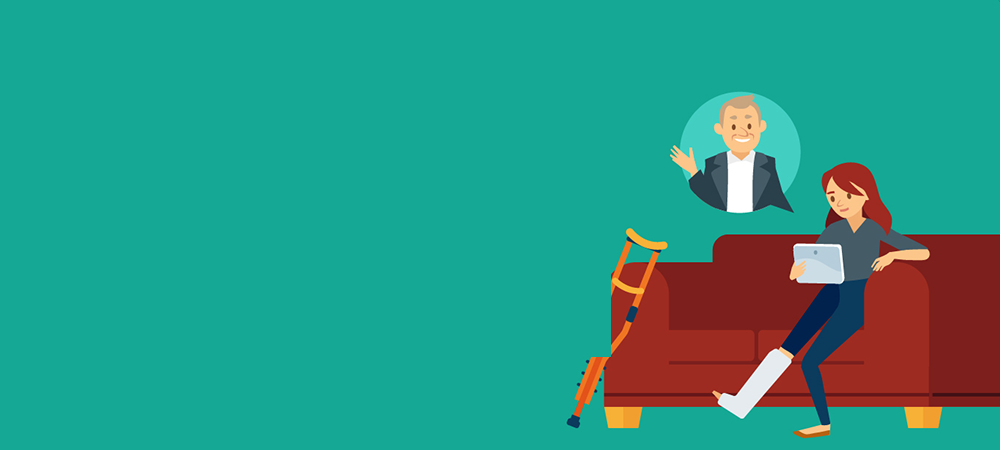Top 10 OSHA Violations
The U.S. Occupational Health and Safety Administration (OSHA) plays a crucial role in helping companies identify and mitigate potential hazards. Every year, OSHA releases a list of the most frequently cited standards and the top 10 workplace violations to help employers anticipate risks and take preventative measures to improve workplace safety. This data is based on job-site inspections and is updated annually.
“OSHA’s Top 10 most frequently cited standards is an important tool when implementing new goals and objectives for your safety committee or those implementing safety in your organization.” — Karen Johnson, Safety Training & Resource Development Manager, FFVA Mutual
The most recent list for FY 2024 highlights some interesting developments in workplace hazards. For example, hazard communication (Standard 1910.1200) remains in the second spot on the list, signaling the need to improve the training around chemical labeling and handling. Ladders stayed at the number three spot and should be a reminder to employers to review ladder safety with their employees.
Fall Protection Tops the List for Over a Decade
However, some outcomes were not as unexpected. Fall protection – General requirements (Standard 1926.501) has been at the top of OSHA’s list for over a decade. At 6,307 violations, it led to almost four times the number of violations issued for the 10th-most-cited standard, machine guarding (Standard 1910.212.) This puts the numbers into context. Fall-related injuries are a significant concern and will remain so for years to come if employers do not take the time to implement a comprehensive fall protection plan for their employees.
Workplace injuries and illnesses are not only dangerous for employees but also a financial burden on the company. According to the U.S. Department of Labor, medical, legal and workers’ compensation expenses, as well as lost productivity, cost American businesses more than a billion dollars per week.
Simply put, creating a safe working environment will not only help you save money, but it might also save lives.
By staying informed and taking proactive steps to address potential hazards, company leaders and staff can work together to create safer workplaces and reduce the risk of accidents and injuries. With the right tools and knowledge, we can make a real difference in the safety and well-being of our employees.
Ready to take your efforts to the next level? To support and enhance your workplace safety program, we’ve created this infographic to review OSHA’s recent list of the top 10 workplace violations and most common workplace hazards — keep it at arm’s reach for quick reference as you strive toward creating a safer environment for all.
Without further ado, take a look:

About OSHA
Since the Occupational Safety and Health Administration (OSHA) was founded in 1971, the agency has held firm to its core mission and operated with a single goal in mind: “To assure safe and healthful working conditions for working men and women by setting and enforcing standards and by providing training, outreach, education and assistance.” These efforts have helped reduce the rate of worker injuries and illnesses dramatically, from 10.9 incidents per 100 workers in 1972 to 2.7 per 100 in 2022, according to the Bureau of Labor Statistics.
While most employers are no doubt familiar with OSHA’s regulatory activities (worksite inspections, compliance enforcement, etc.), the agency is much more than a standard-setting organization. For example, one of OSHA’s most important responsibilities is to provide employers with up-to-date information on known workplace hazards. They also provide concise recommendations for keeping workers safe and healthy in the presence of potentially harmful chemicals, machinery and more. Some of OSHA’s other responsibilities include:
- Conducting in-depth research on workplace hazards to develop innovative prevention strategies.
- Maintaining a reporting and recordkeeping system to monitor injuries and illnesses in real time.
- Creating detailed training programs to promote workplace safety and health awareness.
- Developing and evaluating state-run occupational health and safety programs.
- Providing hands-on technical and compliance support to help employers reduce on-the-job accidents.
Organizations that are looking to make meaningful changes to their health and safety practices can benefit from exploring OSHA’s extensive catalog of educational materials. These resources provide employers with a variety of actionable solutions that can help them keep pace with emerging hazards and ensure their workers are protected from known threats. Considering the vast majority of workplace accidents are preventable, it’s important to stay up to date with modern health and safety trends.
More resources to help you stay “in the know” about OSHA!
Did you enjoy this infographic about OSHA’s Top 10 Workplace Violations? Then you should read about OSHA’s recordkeeping requirements and watch our Annual OSHA Update Webcast.



























![12 Monthly Safety Topics [Infographic]](https://www.ffvamutual.com/wp-content/uploads/Monthly-Safety-Topics.png)


